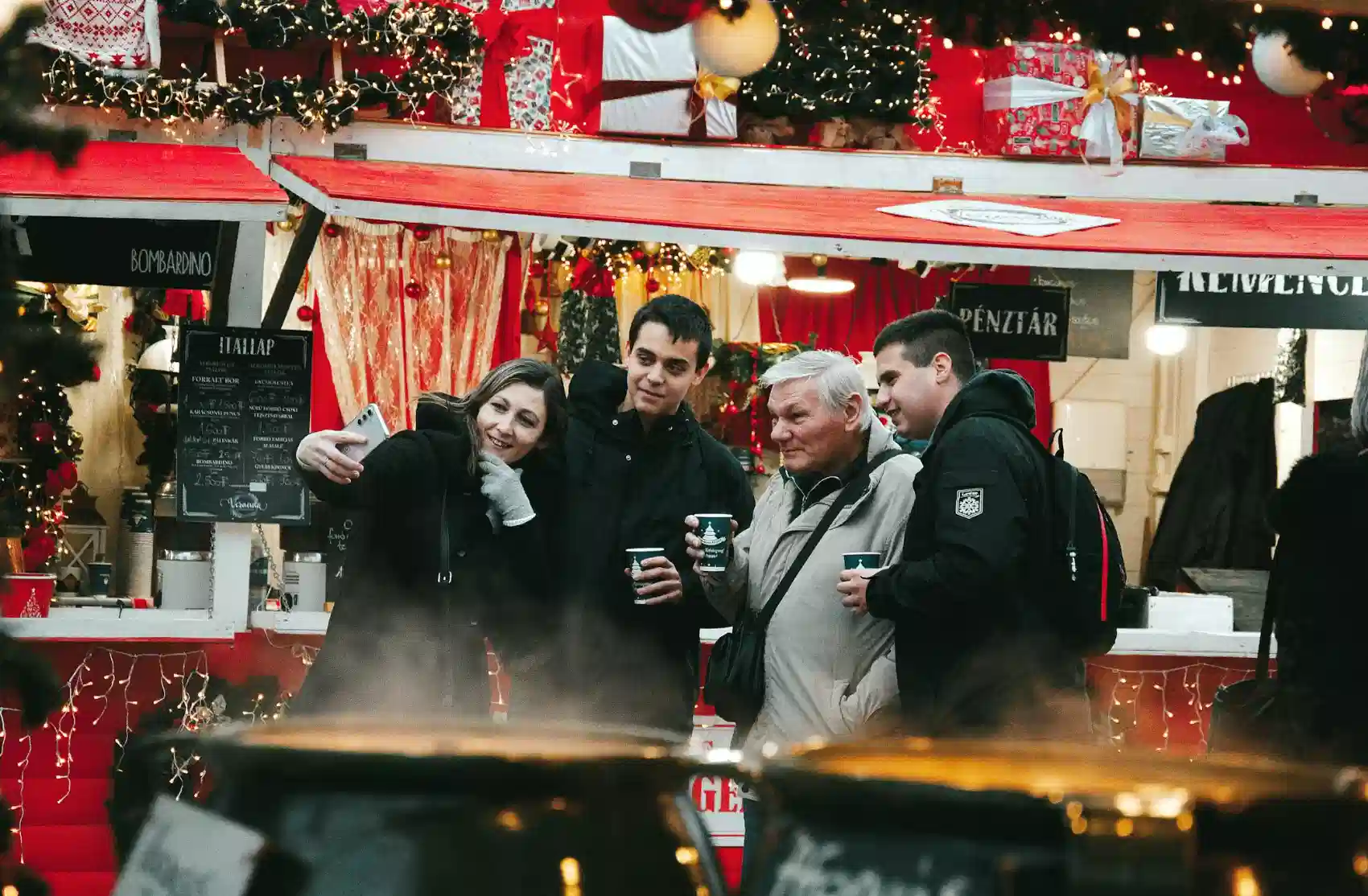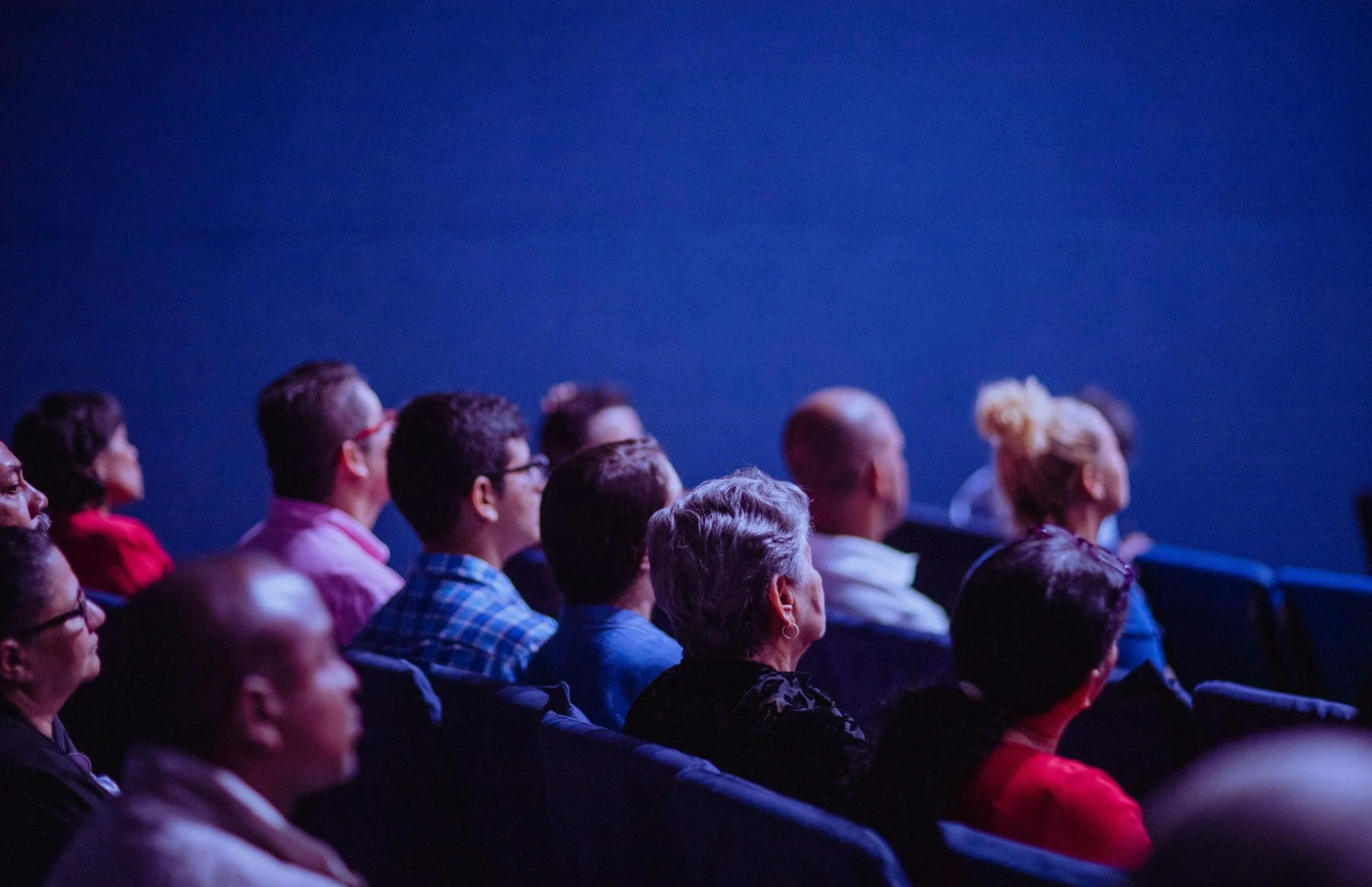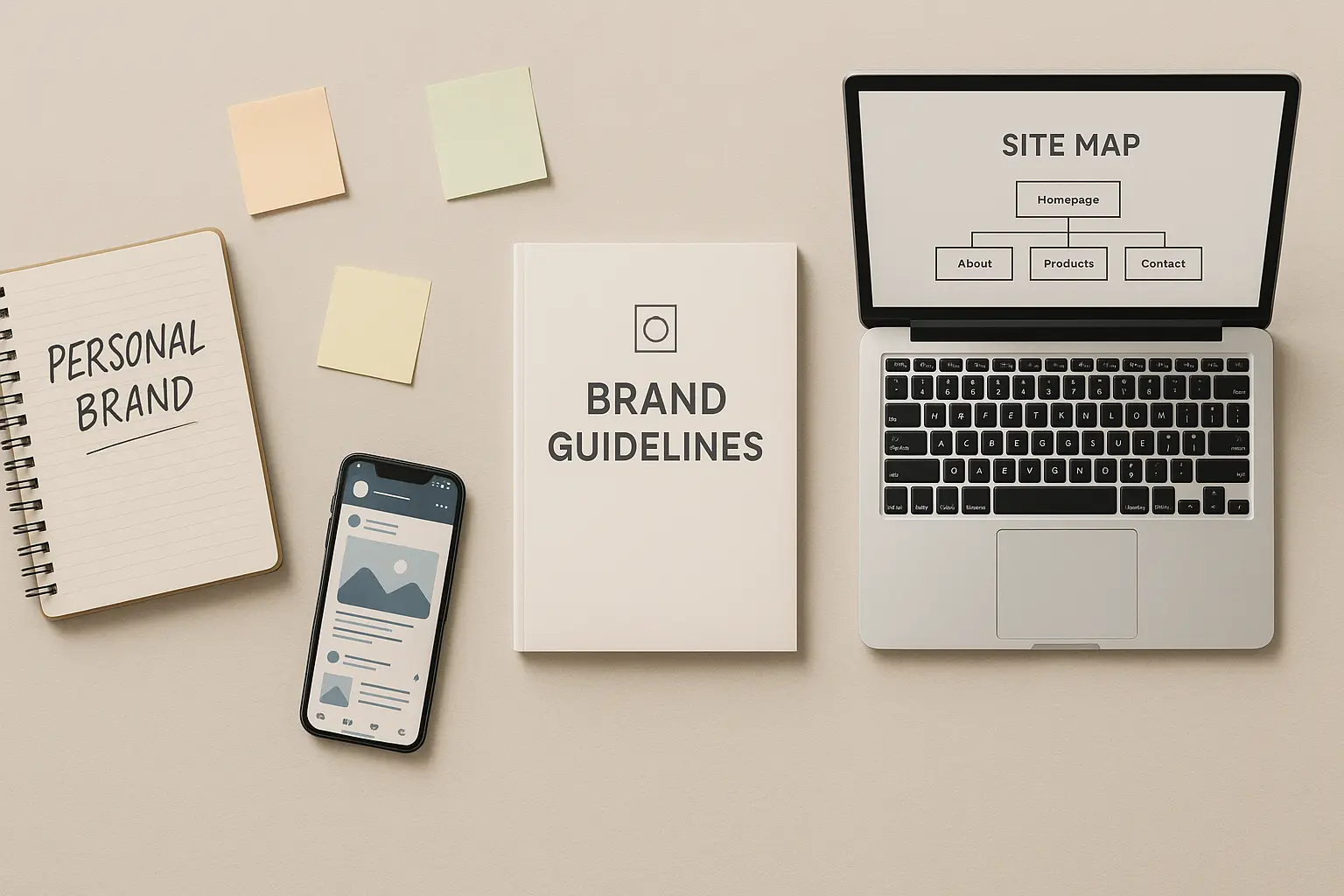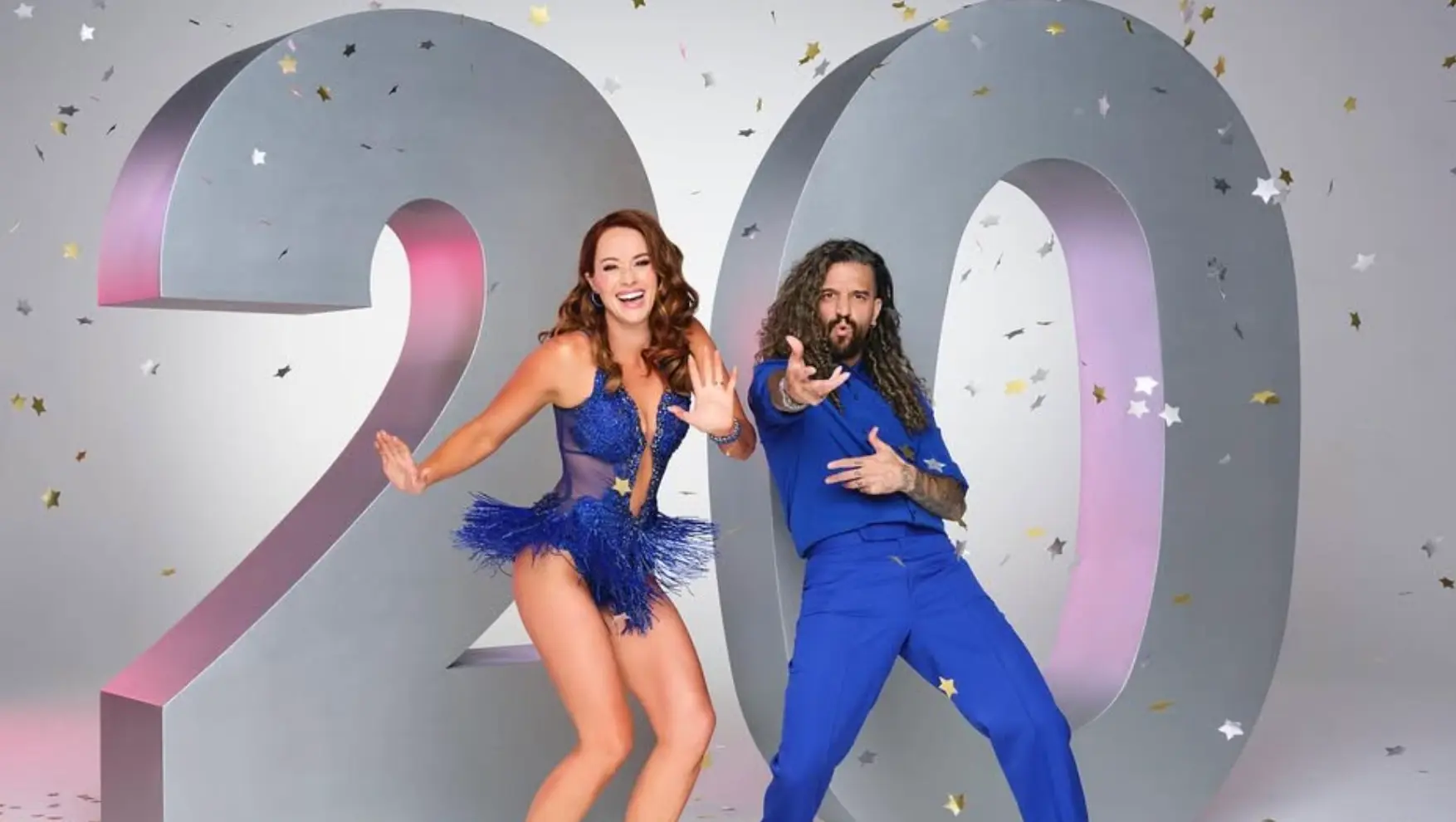Brand Events: A How-To Guide On Executing Memorable Brand Events
Updated on
Published on

A great event doesn’t start with a venue—it starts with a plan. This brand event guide shows how to plan a brand event from the ground up, turning a simple idea into an experience people talk about and teams can measure. 80% of organizers say in-person sessions are becoming increasingly critical to their organization’s success. (Bizzabo) We’ll cover strategy, budgeting, programming, promotion, on-site flow, and follow-up so your branding events drive real outcomes, not just RSVPs. Use the step-by-step sections to move from concept to a show-ready run-of-show with confidence.
At a glance
- Start with business goals, audience insights, and a sharp event concept before you touch venues or vendors.
- Build a realistic budget, lock a date and venue, then design programming people will talk about.
- Promote in waves (announce, build, convert), capture first-party data on site, and follow up within 24–48 hours.
- Measure what matters: pipeline, sales, content created, and net promoter signals—not just RSVPs.
1) Define the “why”
Great branding events begin with a crisp problem statement and a one-line promise to the audience. Decide if you’re driving pipeline, launching a product, strengthening community, or earning press—because each goal changes the format. Write down your target attendee, the action you want them to take, and the proof you’ll accept that it worked. This is the backbone of your brand event guide and keeps decisions aligned.
- Deliverables: goals, target audience, primary CTA.
- Guardrail: if a decision doesn’t support the goal, it’s a “no.”

2) Pick the right format
Choose a format that fits your goal: launch party, pop-up, workshop, dinner, conference track, or hybrid livestream. For product stories, prioritize hands-on demos; for thought leadership, lead with short, high-energy talks and structured networking. If you’re wondering how to plan a brand event that scales, start small but modular so sections can expand later. Match length to attention: 90–120 minutes beats all-day marathons for most audiences.
- Test the format with 5–10 ideal attendees before you book a venue.
- For hybrid, design for online first—then enhance for the room.
3) Budget like a producer
List fixed costs (venue, AV, staffing, insurance) and variables (F&B per head, swag, printing). Add 10–15% contingency and earmark budget for video capture—content is the longest-lasting ROI in branding events. Track unit economics (cost per attendee, cost per sales meeting) so finance sees value beyond “vibes.” 53% of event organizers expect their budgets to increase in 2025 (Bizzabo 2025 Events Benchmark). Your brand event guide should include a simple spreadsheet template everyone can read at a glance.
- Lock payment schedules and cancellation terms in writing.
- Negotiate “value adds” (extra mic, uplights, rehearsal hour) instead of only rates.

4) Timeline and milestones
Work backward from the event date: T-12 weeks contract venue; T-10 confirm speakers; T-8 launch save-the-date; T-6 go live with registration; T-4 finalize run-of-show; T-2 complete tech rehearsal; T-1 publish logistics email. Put owners on every line item so nothing floats. If you’re learning how to plan a brand event under a tight timeline, compress by cutting scope—not quality. Protect load-in/load-out windows; they’re the first things to slip.
- Color-code “must-have” vs “nice-to-have” tasks.
- Weekly 20-minute standups keep the plan honest.
5) Venue, layout, and flow
Pick a venue that matches your story and your tech needs (power, rigging, sound isolation, Wi-Fi). Design entry → demo → stage → lounge as a natural loop so people encounter your key moments without hunting. Keep sightlines clear and cap session length to protect energy. In any credible brand event guide, wayfinding, accessibility, and bathroom lines are as important as the step-and-repeat.
- Do a site walk with your producer, AV, and photographer together.
- Prepare a rain plan or backup room if anything is outdoors.
6) Programming people remember
Anchor the agenda with one hero moment (reveal, interview, performance), then build short segments around it. Mix formats: a 10-minute keynote, 15-minute fireside, 5-minute demo, then Q&A or hands-on. Leave oxygen for serendipity—networking and “ask the maker” tables convert curiosity into relationships. Strong branding events feel like curated playlists, not marathons. Remember to track attendance as nearly 67% of marketers rank attendance as one of the most important event metrics. (Splash)
- Rule of thumb: no segment longer than 20 minutes without a change of pace.
- Schedule the hero moment 30–45 minutes after doors for maximum attendance.

7) Experience design and branding
Translate your system into the room: entrance moment, scent, lighting palette, typography on screens, and branded touchpoints on napkins, badges, and wristbands. Offer one photogenic vignette that ties to your campaign so social posts look consistent without policing. Design at least one tactile surprise (custom patch bar, engraving, mini-workshop) that turns spectators into participants. This is where your brand event guide turns brand assets into memories.
- Avoid logo overload; aim for recognizable color and shape language.
- Provide a simple “shot list” to influencers and press at check-in.
8) Tech, AV, and content capture
Spec microphones, stage wash, confidence monitors, and backup audio paths; test every deck on the show laptop. Record clean ISO audio and at least two camera angles—content equals months of posts, ads, and sales collateral. If a talk ran long but landed perfectly, cut it into snackable clips and seed them within 72 hours. The best branding events become always-on media libraries.
- Build a run-of-show with timestamps, cues, and owner initials.
- Do a full tech rehearsal with mics, slides, and walk-on music.
9) Talent, hosts, and partners
Book a charismatic host to keep tempo and a moderator who can land a story in 10 minutes. Choose partners who bring audience and credibility, not just logos—co-marketing is oxygen. Share a mini brand event guide with talent (pronunciations, timeboxes, key messages) so everyone pulls in the same direction. Contracts should include arrival times, green room needs, and usage rights for content.
- Send talking points and a 1-page run-of-show to speakers a week out.
- Align on social tags/hashtags before the first teaser goes live.

10) Promotion plan (announce → build → convert)
Wave 1 (announce): save-the-date and hero visual. Wave 2 (build): speaker clips, behind-the-scenes, partner spotlights. Wave 3 (convert): last-chance posts, “bring a friend” codes, and personal invites from sales/CS. If you’re debating how to plan a brand event that actually fills the room, remember email + personal outreach wins more seats than social alone.
- Create UTM-tagged links per channel and partner.
- Add calendar-file (.ics) to every confirmation and reminder.
11) Data, registration, and on-site flow
Use a lightweight form (name, company, role, opt-in) and confirm via SMS and email. Adding SMS reminders materially cuts no-shows: a systematic review found SMS increased appointment attendance by ~50% vs. no reminder (Cochrane-style review, PMC) and multiple trials show significant lifts in show rates with text reminders (Trial, PMC). On site, QR codes speed check-in; badges double as data capture when scanned at demo stations. Ask one smart question on the form (“biggest challenge?”) and route answers to hosts for warmer conversations. Good branding events convert presence into first-party insights.
- Staff a dedicated help desk for walk-ups and VIPs.
- Color-code badges for press, partners, speakers, and staff.
12) Food, beverage, and hospitality
Keep lines short with multiple stations and “walk-and-talk” bites; label allergens clearly. Offer NA cocktails and water everywhere—people stay longer when they’re comfortable. Train staff on greeting, directions, and problem-solving; hospitality is the fastest brand signal your guests will feel. Add one signature item named after the campaign for photos and memory.
- Provide seating for at least 30% of attendees at any time.
- Stock a small “oh-no kit” (tape, safety pins, stain remover, chargers).

13) Risk, safety, and accessibility
Confirm insurance, permits, and emergency procedures; brief staff on exits and roles. Ensure ramps, seating, captions on screens, and quiet spaces are available; share accessibility info on the registration page. The WHO estimates 1.3 billion people—16% of the world’s population—live with a disability; planning accessible routes, seating, captions, and quiet rooms is non-negotiable (WHO via Timely). Collect consent for photography at sign-in and provide opt-out lanyards. A credible brand event guide never treats accessibility as an afterthought.
- Print a one-page safety sheet for staff and vendors.
- Assign one inclusion lead to handle accessibility requests.
14) Post-event follow-up and ROI
Send thank-you emails within 24–48 hours with photos, slides, and one clear CTA (demo, trial, download). Route hot leads to sales the same day with context from badge scans and conversations. Publish a recap post and a short highlight reel within a week; schedule the rest of the clips over 30–60 days. Close the loop by reporting outcomes vs goals and updating this brand event guide for the next round.
- Metrics that matter: meetings booked, pipeline, sign-ups, content pieces created, NPS.
- Run a 20-minute retro: keep/kill/rethink.
FAQ
What’s the simplest way to start if I’ve never run branding events?
Pick a tight 90-minute format (reveal + demo + mingle), cap attendance to what your team can host well, and over-invest in sound, lighting, and content capture.
How early should I promote?
Launch the save-the-date 6–8 weeks out, with a bigger push at T-4 weeks and daily momentum in the final 7–10 days.
How do I measure success beyond RSVPs?
Track cost per attendee, sales meetings created, pipeline influenced, sign-ups, and NPS; pair numbers with qualitative quotes and social reach.
What’s the biggest mistake in how to plan a brand event?
Over-programming. Leave space for networking and hands-on moments—people remember how it felt more than the slide count.
One-page checklist
- Goals, audience, CTA defined
- Format chosen; agenda drafted
- Budget approved + 10–15% contingency
- Venue + AV + insurance locked
- Speakers/partners booked; contracts signed
- Timeline built; owners assigned
- Registration live; promo plan (3 waves)
- Experience design + signage + swag
- Run-of-show + tech rehearsal scheduled
- Data capture flows + badge scans set
- Hospitality plan (F&B, accessibility, safety)
- Follow-ups templated; ROI dashboard ready







